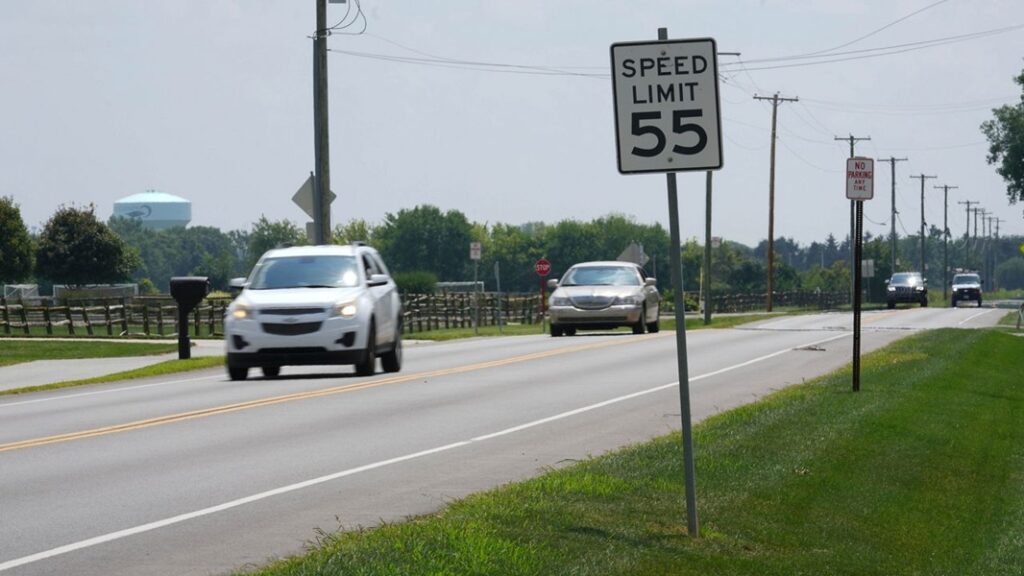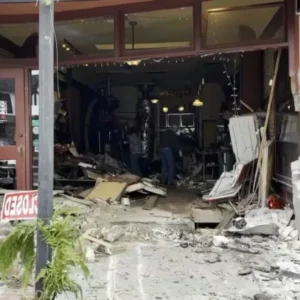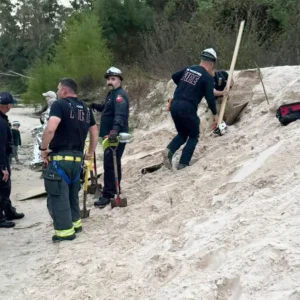For years, Ohio speed limits have been a point of contention for residents living near busy roads. Rose Hammond, 85, repeatedly urged local officials to reduce the 55 mph limit on Mitchaw Road in Sylvania Township, a two-lane stretch that passes an assisted living community, two schools, a church, and a popular youth sports park.
“What are you waiting for, somebody to get killed?” Hammond asked, frustrated by speeding motorcycles racing past almost daily.
County Study Finds Speed Limit Too Low — on Paper
Under pressure from the community, Sylvania Township requested a traffic study from county engineers in March. Surprisingly, the analysis found that the posted limit was already 5 mph too low, according to long-standing federal traffic engineering guidelines.
The finding highlights how decades-old research continues to shape traffic laws, even in urban settings.
The 85% Rule and Its Controversy
The study was based on the 85% rule, a traffic engineering standard developed from rural road studies in the 1930s and 1940s. The rule suggests that the most “appropriate” speed limit is determined by the speed at or below which 85% of drivers naturally travel in free-flowing traffic.
The assumption is that drivers collectively determine the safest speed, creating a form of “voting with their feet.” But critics argue this logic is flawed.
“The problem with this approach is it creates this feedback loop,” said Jenny O’Connell, director of member programs for the National Association of City Transportation Officials (NACTO). “People speed, and then the speed limits will be ratcheted up to match that speed.”
Labubu Toy Heist: $7K Stolen from California Store Amid Soaring Demand

Alternatives to the 85% Rule
In response, NACTO developed a framework called “City Limits.” Instead of relying on driver behavior, it sets limits based on the activity around a road — such as the presence of schools, parks, pedestrian crossings, or bike lanes — and the risk of potential collisions.
This approach shifts the focus from driver preference to road safety for all users, especially in dense urban areas.
Calls for Reform Across the U.S.
The debate in Ohio reflects a broader national trend. Several states, encouraged by federal guidance, are reconsidering or moving away from strict reliance on the 85% rule. Critics say the historic data no longer reflects the realities of today’s roads, where cars share space with pedestrians, cyclists, and buses.
“These historic roads are a far cry from the vibrant streets and arterials that typify city streets today,” a NACTO report concluded.
What’s Next for Ohio Speed Limits?
For now, Mitchaw Road’s speed remains unchanged, but pressure is mounting. Residents like Hammond argue that Ohio speed limits should prioritize safety over outdated formulas. Township officials say they will review new guidelines as they consider further action.
The clash between engineering tradition and modern safety priorities ensures that Ohio — and the nation — will continue debating how speed limits should be set.






